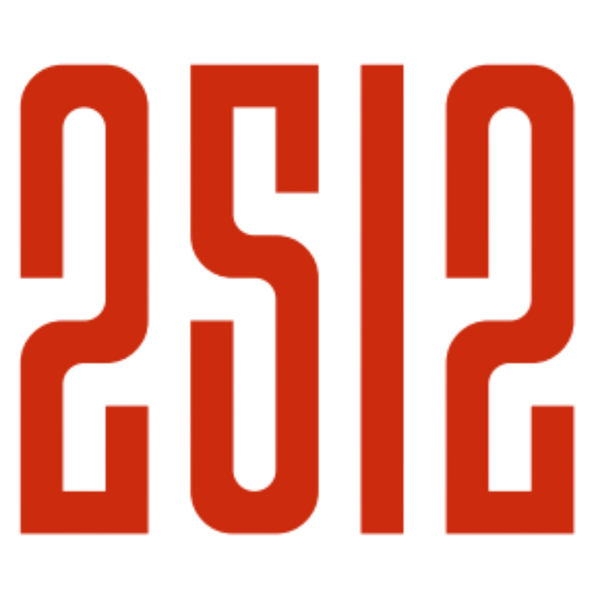
How Blockchain is Revolutionizing Sustainable Fashion in 2025 | 2512
Share
Have you ever bought something labeled “sustainable”… and still felt a bit uneasy?
Like, sure, the label says it’s organic cotton. But where did it actually come from? Who made it? Was it really ethical or just another clever marketing trick?
You’re not alone!
Most of us want to make conscious choices. But fashion makes it hard to trust what we’re buying.
That’s the real problem, isn’t it?
We want transparency but we get storytelling. We want proof but we get promises.
Now here’s the twist: what if you didn’t have to rely on trust anymore?
What if your T-shirt came with a digital trail - a clear, tamper-proof journey from cotton seed to your closet?
This isn’t some sci-fi future. It’s already happening. It’s called blockchain.
No, not crypto. This isn’t about coins or tokens.
Blockchain, in simple terms, is just a record that can’t be faked. Every step of a product’s life gets logged on a secure digital ledger. Once it’s there, no one - not even the brand - can change it.
So when a brand says your tee was made from organic cotton, dyed without toxins, stitched in a clean-energy facility - you can see it. Not guess it. Not hope for it. Just scan a tag and know.
Some brands are already doing this. Big ones like Prada. Independent ones like us. Tools like VeChain and TextileGenesis are powering it behind the scenes.
And here’s why it matters: you get to shop based on truth, not packaging.
You don’t have to wonder anymore whether your “eco tee” is truly eco. You just know and that feels different.
It’s especially powerful if you’re someone who’s ditching fast fashion. Maybe you’re moving towards a capsule wardrobe. Fewer clothes. Better clothes. Clothes that last and matter.
And if you’re going to own fewer things, shouldn’t each one carry real meaning?
That’s where blockchain fits in beautifully. Not just for trust, but for longevity. You can know how to care for your tee. When it was made. How to resell or recycle it. The garment almost becomes its own biography.
We think that’s beautiful.
Because fashion shouldn’t just look good - it should feel right too.
If that speaks to you, stick around. Our wardrobe is built on that same belief: minimal, meaningful, and transparent.
And soon, every piece we make will come with a story you can actually see.
And if you’re curious to see what this kind of transparency looks like in real life, you’re more than welcome to check out our collection.
Every piece we make stands for what we believe in - clean, conscious, and radically transparent.
FAQs
Q1: What is blockchain in sustainable fashion?
A: A decentralized digital ledger that records every stage of a garment's life, ensuring traceability, sustainability, and authenticity.
Q2: How do QR codes enhance sustainability?
A: They link physical items to digital passports, allowing customers to explore sourcing, certifications, care, carbon footprint, and resale options.
Q3: Which brands are pioneers?
A: Aura members like LVMH and Prada; H&M’s COS via VeChain; Coach via Eon and Poshmark; Lenzing & Arvind via TextileGenesis (voguebusiness.com, voguebusiness.com, voguebusiness.com, cointeeth.com, reddit.com, voguebusiness.com).
Q4: What are the biggest challenges in implementing blockchain?
A: The main hurdles are high upfront costs, complex data integration, ensuring supplier data quality, and lack of industry-wide standards.
Q5: Is blockchain eco-friendly?
A: Enterprise-grade private blockchains like Aura use optimized, low-energy consensus methods (retailboss.co).
Q6: What ROI can blockchain deliver?
A: Benefits include premium pricing, boosted resale, enhanced consumer loyalty, fraud reduction, and better operational efficiencies






